.
livello elementare
.
ARGOMENTO: EMERGENZE AMBIENTALI
PERIODO: XXI SECOLO
AREA: GIAPPONE
parole chiave: delfini, Taiji, mattanza
.
Prima di parlare di Taiji, ho cercato di chiarirmi le idee. Mi chiedo perché in un paese civile e moderno come il Giappone è ancora in uso una pratica così crudele. In realtà, sono ancora confuso e i miei pensieri vanno alle insanguinate immagini viste in TV e sul web. Ciò che avviene a Taiji è crudele tanto quanto l’uccisione di balene nelle Isole Faroe, la corrida in Spagna e altre pratiche crudeli ancora esibite in tutto il mondo.

Sono confuso e irritato dalla situazione e mi aspetto che le persone saranno in grado di agire adeguatamente con i loro governi per rendere tali pratiche qualcosa da ricordare tristemente. Per essere il più obiettivo possibile, ho cercato di superare gli aspetti emotivi ed ho scoperto che tale caccia non è solo una pratica crudele ma anche malsana per gli umani in quanto la carne dei delfini come quella degli squali e dei grandi pesci è ricca di mercurio e altri metalli pesanti che possono essere nocivi per la nostra salute. Di fatto ogni anno, da settembre a marzo, si svolge la caccia al Dolphin Drive a Taiji, Wakayama in Giappone. Secondo l’agenzia di ricerca sulla pesca giapponese, 1.623 delfini furono catturati nella prefettura di Wakayama nel 2007 per il consumo umano o la rivendita ai Dolfinari e la maggior parte di questi a Taiji. La caccia annuale dei delfini fornisce entrate per i residenti locali ma ha ricevuto critiche internazionali sia per la crudeltà dell’uccisione del delfino che per i presunti alti livelli di mercurio della carne del delfino.
Storia
I residenti di Taiji hanno perfezionato le tecniche delle balene e hanno avuto importanti operazioni di balene dall’inizio del 17° secolo e sono diventati noti come centro per la caccia alle balene nel 1675. La caccia di delfini per scopi commerciali a Taiji continua ancora oggi e, nel 2008, sono stati catturati 1.484 delfini e balene, mentre Fisherman ha pianificato di catturare circa 2.400 nel 2009.
Metodo
In Giappone, la caccia viene eseguita da un gruppo selezionato di pescatori. Quando è stato individuato un gruppo di delfini, le barche da pesca si muovono in posizione. Un’estremità di un tubo in acciaio viene abbassata nell’acqua e il pescatore a bordo delle barche colpisce il tubo con mazze. Questo viene fatto in punti strategici attorno al pod, nel tentativo di mantenerli verso la terra. Il rumore li porta a dirigersi verso la baia dove i pescatori chiudono rapidamente l’area con le reti per evitare la loro fuga . Poiché i delfini sono inizialmente abbastanza agitati, vengono lasciati calmarsi durante la notte. Il giorno seguente, i pescatori entrano nella baia in piccole barche e i delfini vengono catturati uno alla volta e uccisi. Il metodo principale di spedizione era per molto tempo per tagliare la gola del delfino, recidere i vasi sanguigni e la morte era dovuta per emorragia.

Tuttavia, il governo ha vietato questo metodo e ora il metodo ufficialmente approvato richiede che un perno di metallo sia guidato nella regione cervicale del delfino, interrompendo il suo tronco cerebrale, il che li farebbe morire in pochi secondi, secondo un memo di Senzo Uchida, segretario esecutivo della Conferenza di Cetacei giapponesi su giardini e acquari zoologici. Ma, secondo un documento accademico pubblicato nel 2013 sul Journal of Applied Animal Welfare Science, un’analisi veterinaria e comportamentale dei metodi di uccisione del delfino attualmente utilizzati a Taiji crea un tale terrore e dolore che sarebbe illegale uccidere anche le mucche in Giappone in questo modo. Diversi veterinari e scienziati comportamentali hanno valutato l’attuale metodo di uccisione giapponese di Taiji e hanno concluso che “questo metodo di uccisione … non sarebbe tollerato o consentito in qualsiasi processo di macello regolamentato nel mondo sviluppato“.
Rischi per la salute
Dal 2000, ricercatori come Tetsuya Endo, professore alla Health Sciences University of Hokkaido, hanno trovato alte concentrazioni di mercurio nella carne di balena e del delfino venduto in Giappone. Nei loro studi, i residenti di Taiji che mangiano carne di delfino sembrano avere un alto livello di mercurio nei capelli. Il Ministero della Salute giapponese ha emesso avvertimenti sul consumo di alcune specie di pesci, balene e delfini dal 2003 ed ha raccomandato che bambini e donne in gravidanza evitino di mangiarli regolarmente. Nel giugno 2008, Aera, un giornale settimanale giapponese, ha riferito che la carne di balena e dei delfini venduta a Taiji conteneva un livello di mercurio 160 volte più alto (dati forniti dal National Institute for Minimata Disease – NIMD). Il NIMD pubblicò i dati completi della ricerca online pochi giorni dopo sottolineando però che la quantità di metil-mercurio, che provoca danni neurologici, non era estremamente alta e il mercurio ritrovato nei capelli erano minori di quelli misurati da altre istituzioni, offrendosi di aiutare a monitorare la salute dei residenti di Taiji.

In estate e inverno del 2009, i campioni di capelli di 1.137 residenti di Taiji furono testati per il mercurio dal National Institute for Minimata Disease (NIMD) e nessuno mostrò sintomi di avvelenamento da mercurio. Nonostante l’affermazione fatta da Boyd Harnell, il corrispondente speciale al Japan Times, che il tasso di mortalità per Taiji e la vicina Koazagawa, dove viene consumata anche la carne delfino, è “superiore al 50% superiore al tasso per i villaggi di dimensioni simili in tutto il Giappone“, i dati del National Institute of Population and Social Security Research del Giappone rivelarono che il confronto non era adatto a causa dell’enorme divario nel profilo di età dei villaggi. Mentre Taiji e Kozagawa hanno mostrato che tra il 34,9% ed il 44% della popolazione avevano più di 65 anni, i villaggi confrontati erano dal 21% al 27,9%. Test ripetuti nel 2012 non hanno ancora una volta mostrato segni di avvelenamento da mercurio. la ricerca è ora sui bambini.
le immagini sono parti di un rotolo manoscritto su carta Kujirakata-Shosha-Zue-Genuine-illustrations-of-Taiji-Whaling-Techniques-1857.png – Wikimedia Commons intitolato “Kujirakata shosha zue” . Alla fine (in trad.): “Tutte le immagini sono della caccia alle balene a Taiji, aprile 1857, di proprietà di Tennojiya Shinsuke”. Nota: i rotoli completi sono più larghi di queste immagini. Un rotolo di caccia alle balene notevole, lungo e vividamente reso, proveniente dalla prefettura di Wakayama, che descrive le attività di caccia alle balene con dettagli insoliti, della famosa città di Taiji e della sua baia (“Taiji ura”). Taiji è stata a lungo conosciuta come una città di caccia alle balene e la sua storia è essenzialmente la storia della caccia alle balene in Giappone. Nel XVII secolo, i balenieri della città svilupparono una serie di tecniche di caccia alle balene più sofisticate, tra cui il sistema di caccia di gruppo (1606), un arpione portatile e la tecnica della rete baleniera (1675) – autore: – Christie’s https://www.christies.com/en/lot/lot-6192464, informazioni aggiuntive da Jonathan A. Hill Kujirakata-Shosha-Zue-Genuine-illustrations-of-Taiji-Whaling-Techniques-1857.png – Wikimedia Commons
Alcune delle foto presenti in questo blog possono essere state prese dal web, pur rispettando la netiquette, citandone ove possibile gli autori e/o le fonti. Se qualcuno desiderasse specificarne l’autore o rimuoverle, può scrivere a infoocean4future@gmail.com e provvederemo immediatamente alla correzione dell’articolo
.


- autore
- ultimi articoli
è composta da oltre 60 collaboratori che lavorano in smart working, selezionati tra esperti di settore di diverse discipline. Hanno il compito di selezionare argomenti di particolare interesse, redigendo articoli basati su studi recenti. I contenuti degli stessi restano di responsabilità degli autori che sono ovviamente sempre citati. Eventuali quesiti possono essere inviati alla Redazione (infoocean4future@gmail.com) che, quando possibile, provvederà ad inoltrarli agli Autori.

















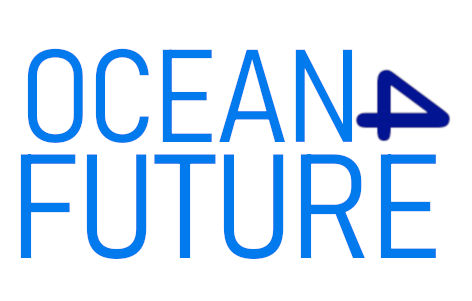



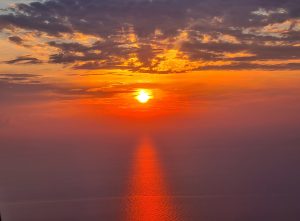




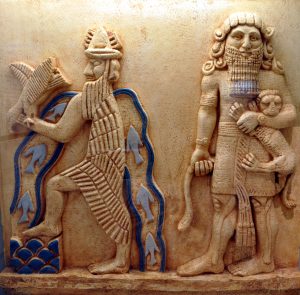
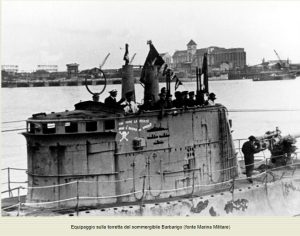
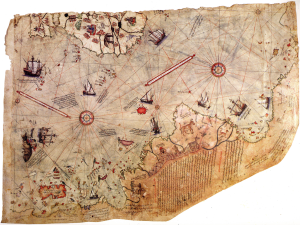
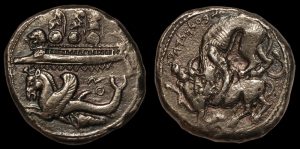


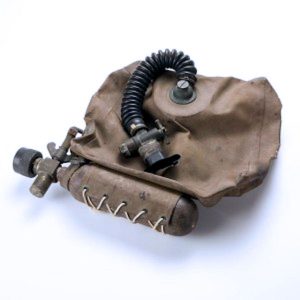





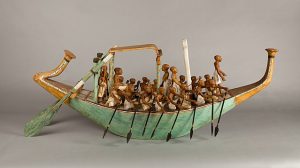









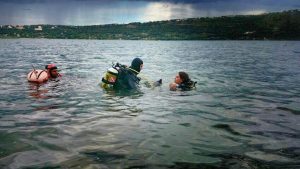

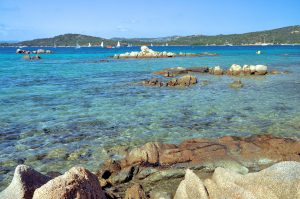
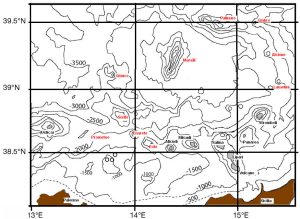

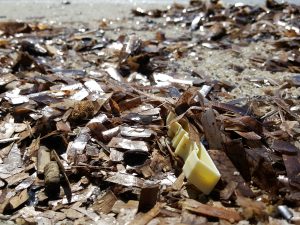
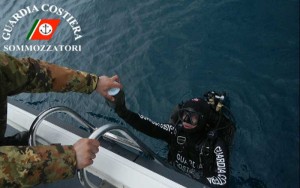
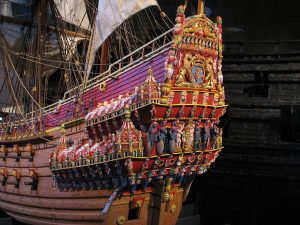
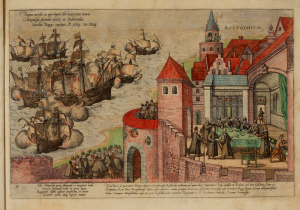
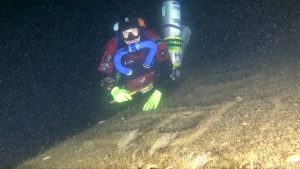
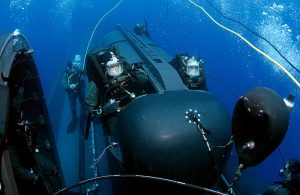
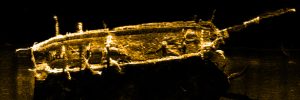
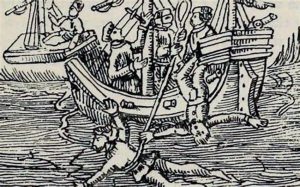
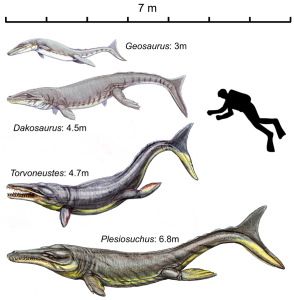


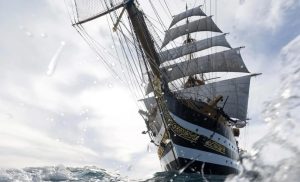

Lascia un commento
Devi essere connesso per inviare un commento.